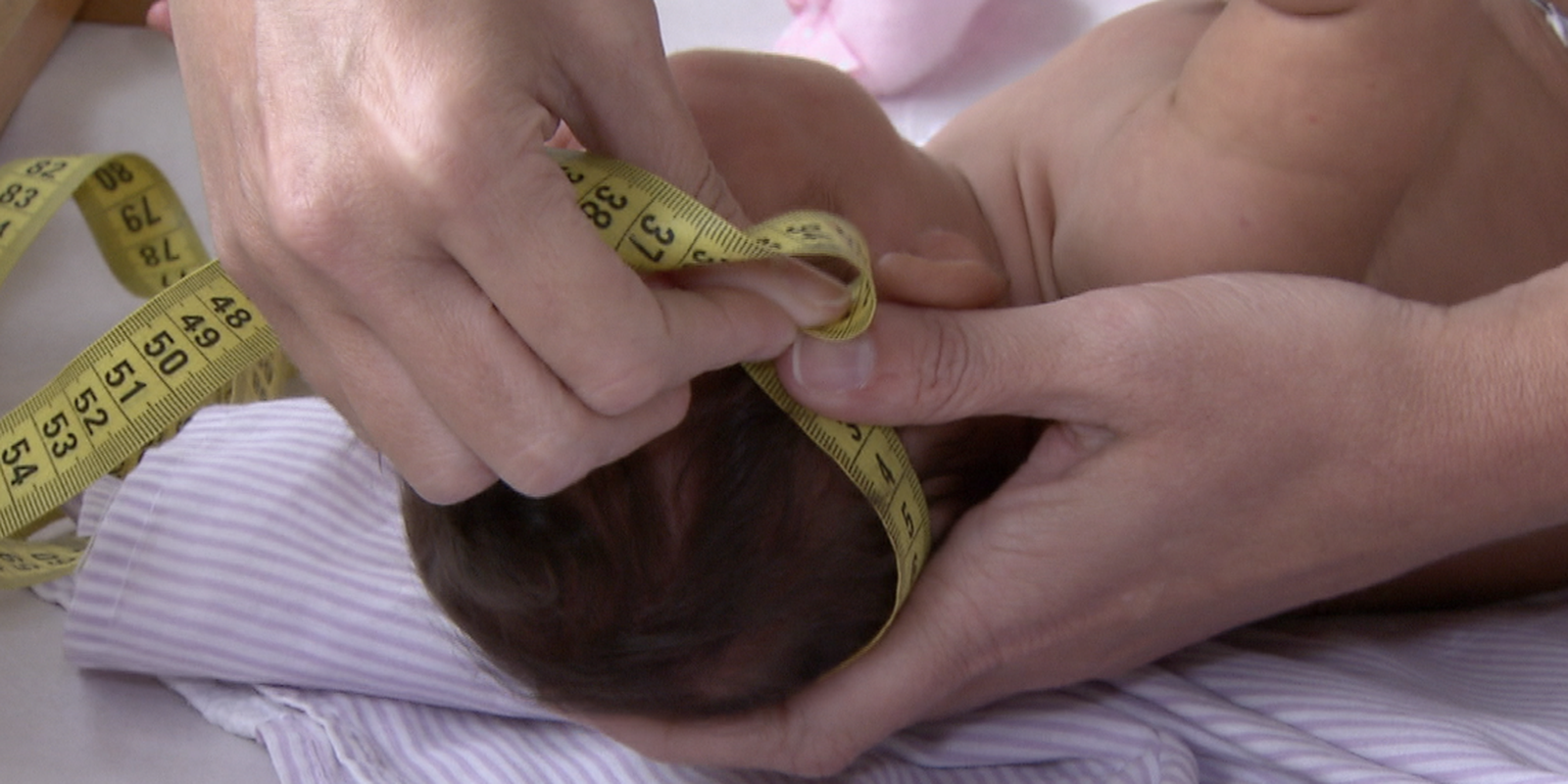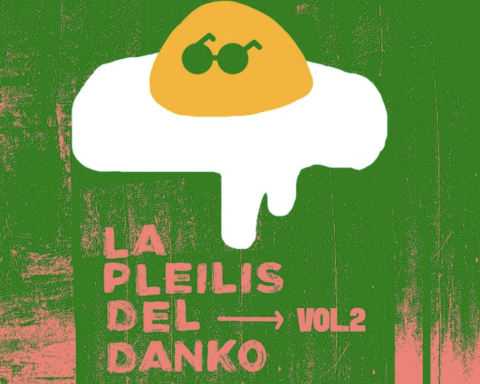The virus epidemic Zikawhich hit Brazil in 2015 and had as one of its main consequences the birth of babies with microcephaly – a reduction in the size of the head –, resulting in these babies having a higher risk of hospital admissions. Once admitted, these patients need more time to be discharged.
The finding is part of a study produced by the Center for Data and Knowledge Integration for Health at the Oswaldo Cruz Foundation (Fiocruz). THE search was published in the scientific journal International Journal of Infectious Diseasepublished by the International Society for Infectious Diseases, a non-profit organization based in Boston, United States.
The main conclusion of the survey is that children who were victims of Zika had hospitalization rates between three and seven times higher than those of children without the syndrome. In addition to needing to go to hospitals more, patients with microcephaly are hospitalized “for extensively longer periods”.
Brazilian researchers collected information from 2,000 cases of children with congenital Zika syndrome (CSZ), the disease that compromises head size and the formation of neurons (nervous system cells). The data was compared with that of 2.6 million children without the syndrome.
Hospital admission rates, the main reasons and length of stay during the first four years of children’s lives were analyzed.
Another conclusion is that, while children without the syndrome progressively decreased hospitalization rates over time, those with SCZ maintained high rates throughout the evaluated period.
Combined diseases
According to the doctor leading the study, João Guilherme Tedde, children with microcephaly are at risk of combined diseases. “In addition to age-typical conditions, such as infections and respiratory diseases, these children present complications directly related to SCZ.” This leads to the conclusion, according to Fiocruz, that each condition can act as a risk factor for the other, in a kind of vicious circle.
The work is one of the first to evaluate the risks of hospitalization in patients with SCZ throughout early childhood.
In the article, the researchers contextualize that the minority of children born with the syndrome survived their first year of life. The study estimates that Brazil had around 20 thousand suspected cases of the disease.
Children with microcephaly may experience developmental delays, intellectual disabilities, motor and balance problems, seizures, difficulty eating, hearing loss and vision problems.
The public most affected by Epidemic 2015 was made up of poor families who lived in hotter areas with high mosquito circulation. The main form of transmission of Zika It’s from mosquito bites Aedes aegyptithe same host of the virus that causes dengue and chikungunya.
By highlighting that the majority of victims of the virus Zika is from low-income families, notably from the Northeast, dependent on the Unified Health System (SUS) and conditional income transfer programs, the researchers point out the need to develop structured care plans, “with a focus on the outpatient management of children with SCZ”.
Fiocruz points out that another preliminary study by the same team reveals that children with the syndrome have a risk of death 30 times higher for diseases of the respiratory system, 28 times higher for infectious diseases and 57 times higher for diseases of the nervous system.
Prevention
The authors point to the “urgency of developing a vaccine that offers lasting immunity against the virus Zika.
Institutions like the University of São Paulo (USP) and the Butantan Institute develop studies for a vaccine. This month, the Ministry of Health intensified actions to combat arboviruses (viral diseases transmitted mainly by arthropods, such as mosquitoes), including zika.
Experts from the Public Health Institute of the Federal University of Bahia (ISC/UFBA) and the London School of Hygiene & Tropical Medicine (LSHTM) also participated in Fiocruz’s scientific work.

















